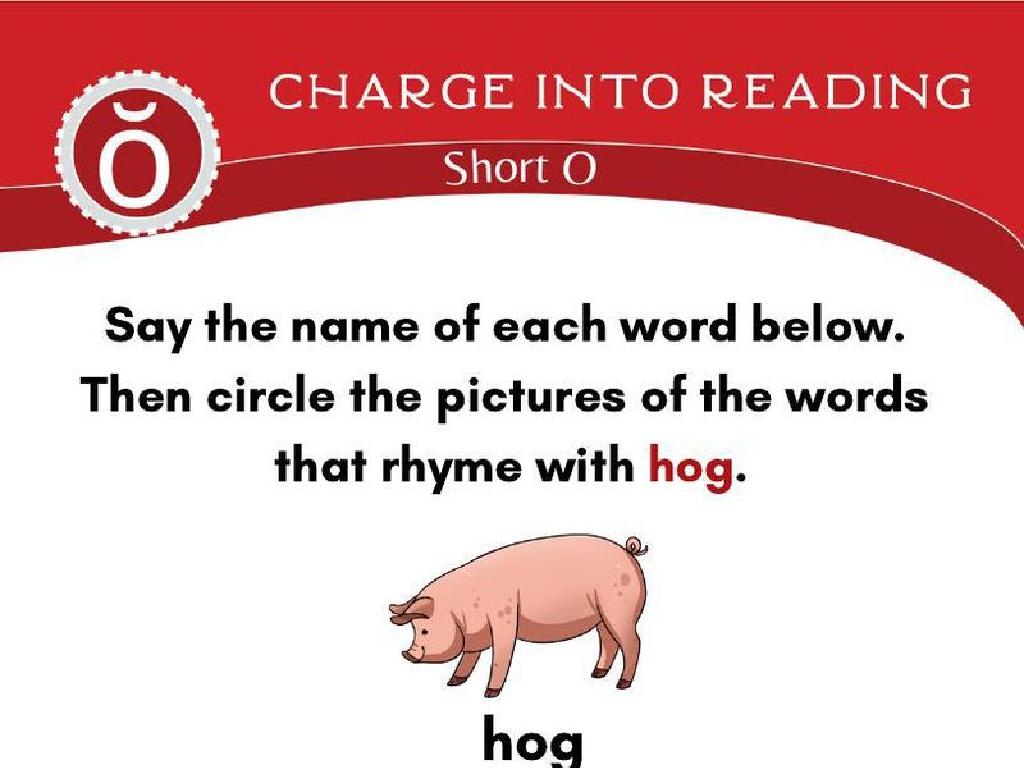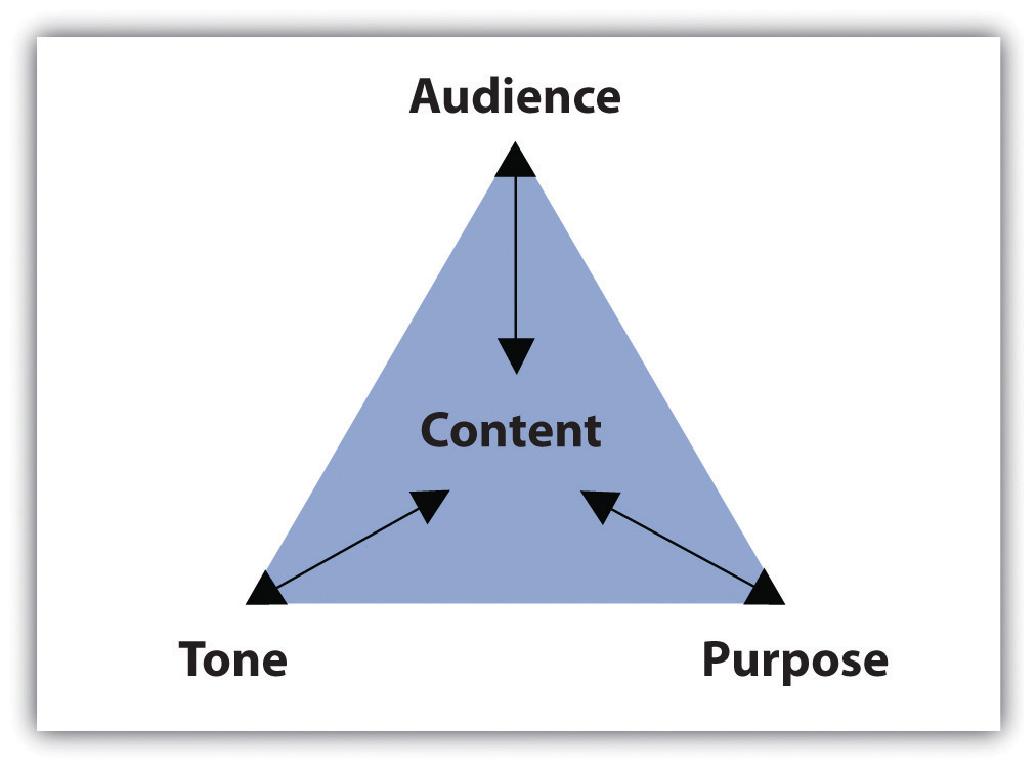Atomic Structure
Subject: Science
Grade: High school
Topic: Chemistry
Please LOG IN to download the presentation. Access is available to registered users only.
View More Content
Welcome to Atomic Structure
– Atoms: Matter’s building blocks
– Atoms are the smallest units of matter, indivisible by chemical means.
– Exploring the atom
– Consists of protons, neutrons, and electrons.
– Atomic theory’s role in chemistry
– Atomic theory explains chemical reactions, bonding, and properties of substances.
– Why atoms matter
|
This slide introduces the concept of atomic structure, which is fundamental to understanding chemistry and the nature of matter. Begin by explaining that atoms are the basic building blocks of all matter, and they are composed of even smaller particles: protons, neutrons, and electrons. Highlight the significance of atomic theory, which has been developed over centuries and is crucial for explaining why chemical reactions occur and how elements interact to form compounds. Emphasize the importance of atoms in understanding the physical and chemical properties of substances. This foundational knowledge sets the stage for more complex topics in chemistry.
The Evolution of Atomic Theory
– Democritus to Dalton: Indivisible atoms
– Early concept that matter is composed of small, indestructible units
– Thomson: Discovery of the electron
– Cathode rays led to the identification of the electron, a subatomic particle
– Rutherford: Gold foil experiment
– Alpha particles’ deflection suggested a nucleus with surrounding electrons
– Bohr: Model of the atom
– Introduced orbits for electrons, a planetary model of the atom
|
This slide provides a historical overview of atomic theory, tracing its development from ancient philosophy to modern science. Begin with Democritus and Dalton’s early ideas of atoms as the smallest indivisible particles. Move on to Thomson’s groundbreaking work identifying the electron, which led to the discovery of subatomic particles. Discuss Rutherford’s gold foil experiment, which revolutionized the understanding of atomic structure by introducing the concept of a central nucleus. Then, explain Bohr’s model, which depicted electrons in fixed orbits around the nucleus. Finally, mention the quantum mechanical model, which is the current understanding of atomic structure, emphasizing the probabilistic nature of electron positions. Encourage students to see the progression of scientific thought and how each model built upon the discoveries of the previous ones.
Subatomic Particles and Atomic Structure
– Protons: Positively charged
– Reside in nucleus, determine element’s identity
– Neutrons: No charge
– Also in nucleus, contribute to atomic mass
– Electrons: Negatively charged
– Orbit nucleus, involved in chemical reactions
– Atomic identity and behavior
– The arrangement and number of particles define the atom’s properties
|
This slide introduces the fundamental components of an atom, which are protons, neutrons, and electrons. Protons, with a positive charge, are located in the atom’s nucleus and define the chemical element. Neutrons, neutral in charge, also reside in the nucleus and affect the atom’s mass but not its charge. Electrons, with a negative charge, orbit the nucleus and are key players in chemical bonding and reactions. The interplay between these subatomic particles determines the atom’s identity, its place on the periodic table, and how it interacts with other atoms. Understanding these particles is crucial for students to grasp concepts like ion formation, isotopes, and the periodic table’s organization.
Atomic Number and Mass Number
– Define Atomic Number (Z)
– Atomic Number (Z) is the number of protons in an atom’s nucleus.
– Define Mass Number (A)
– Mass Number (A) is the total number of protons and neutrons in an atom’s nucleus.
– Isotopes and their significance
– Isotopes have the same number of protons (Z) but different numbers of neutrons, leading to different mass numbers (A).
– Calculating neutrons in the nucleus
– Subtract the atomic number (Z) from the mass number (A) to find the number of neutrons.
|
This slide introduces the fundamental concepts of atomic structure, focusing on atomic number and mass number. The atomic number (Z) is crucial as it defines the element itself, being equal to the number of protons in the nucleus. The mass number (A) provides the sum of protons and neutrons, giving us an idea of the atom’s mass. Isotopes are variations of elements that have the same atomic number but different mass numbers due to a different number of neutrons. Understanding isotopes is essential for grasping the concept of atomic mass and its applications in chemistry. To calculate the number of neutrons, students should learn to subtract the atomic number from the mass number. This calculation is fundamental in determining the specific isotope of an element.
Electron Configuration in Atoms
– Electron shells and subshells
– Electrons occupy energy levels around the nucleus, known as shells, which have subshells.
– The Aufbau Principle
– Electrons fill the lowest energy orbitals first according to the Aufbau Principle.
– Pauli Exclusion Principle and Hund’s Rule
– Pauli’s Principle limits two electrons per orbital with opposite spins; Hund’s Rule fills degenerate orbitals singly first.
– Writing configurations for elements
– Use the principles to write the electron configuration of elements, e.g., Oxygen: 1s² 2s² 2pt.
|
This slide introduces the concept of electron configuration, which is crucial for understanding chemical properties and reactions. Start by explaining electron shells and subshells as areas where electrons are likely to be found. The Aufbau Principle guides the order in which electrons fill these shells and subshells. The Pauli Exclusion Principle and Hund’s Rule further dictate how electrons are distributed within subshells. Finally, demonstrate how to apply these principles to write the electron configuration for elements, using examples like oxygen to illustrate the process. Encourage students to practice writing configurations for various elements to solidify their understanding.
Periodic Table & Atomic Structure
– Explore periodic trends
– Trends include atomic size, ionization energy, and electronegativity.
– Groups vs. periods in electron config
– Groups contain elements with similar properties and same number of valence electrons.
– Valence electrons’ role
– Valence electrons determine chemical properties.
– Reactivity and electron configuration
– Elements react to achieve a full valence electron shell.
|
This slide aims to connect the concepts of the periodic table with atomic structure, focusing on how periodic trends and electron configurations influence the chemical properties and reactivity of elements. Discuss how atomic size increases down a group and decreases across a period, while ionization energy and electronegativity typically increase across a period and decrease down a group. Explain that elements in the same group have similar electron configurations, particularly in their valence shells, which leads to similar chemical properties. Emphasize the importance of valence electrons in determining an element’s reactivity, as atoms strive to achieve a full valence shell, often leading to the formation of ions or covalent bonds. This foundational knowledge is crucial for students to understand chemical bonding and reactions.
Real-life Applications of Atomic Structure
– Influence on material properties
– Atoms’ arrangement affects hardness, conductivity, etc.
– Semiconductors in electronics
– Silicon’s atomic structure makes it ideal for chips.
– Advances in medical imaging
– Techniques like CT scans rely on atomic behavior.
– Role in radiotherapy
– Targeted radiation treatment for cancer.
|
This slide aims to connect the theoretical knowledge of atomic structure with practical applications that students encounter in everyday life. Understanding how the arrangement of atoms within a material can influence its properties, such as hardness and electrical conductivity, is crucial. For instance, the atomic structure of silicon is what allows it to be used in semiconductors, which are the backbone of all modern electronics. In the medical field, atomic structures are exploited in imaging technologies like CT scans, which use differences in atomic absorption to create images of the body, and in radiotherapy, where targeted radiation is used to destroy cancer cells. Discussing these applications helps students appreciate the relevance of chemistry in technology and healthcare.
Class Activity: Building an Atom Model
– Gather materials for atom model
– Construct atom with specific protons, neutrons, electrons
– Discuss the significance of each particle
– Protons determine the element, neutrons the isotope, and electrons the chemical behavior.
– Share and explain your model to the class
|
This hands-on activity is designed to help students visualize and understand the atomic structure by building their own atom models. Provide colored balls to represent protons (positive charge), neutrons (neutral), and electrons (negative charge). Use sticks to connect protons and neutrons, forming the nucleus, and Velcro to attach electrons, indicating electron shells. Each student or group should construct an atom based on a specific number of subatomic particles provided by the teacher. After construction, facilitate a discussion on the role of each particle in the atom’s identity and behavior. Encourage students to share their models with the class and explain what they’ve learned about atomic structure. This activity will reinforce the concept of atomic structure and how the arrangement and number of subatomic particles define an element and its properties.






